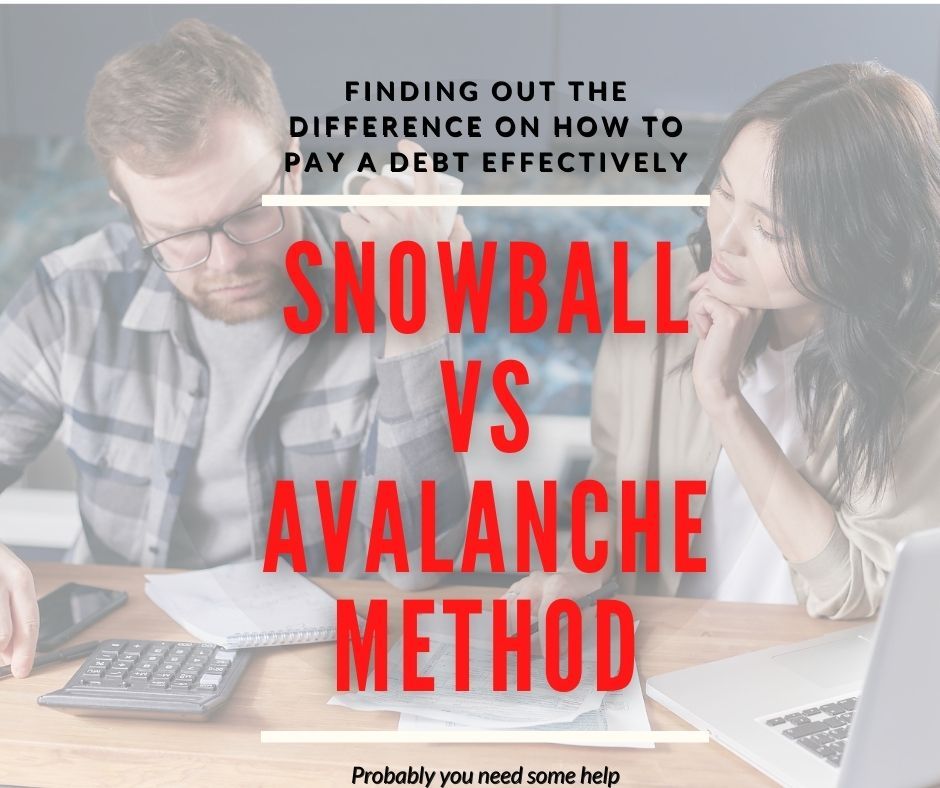As soon as you are born into this world, borrowing money has become a normal part of life since every year everything rises in cost. You name it, especially buying a home, pursuing higher education, or expanding a business, taking on debt seems like a necessary step. However, there’s more to borrowing than meets the eye. Beyond the principal amount and the interest rate, there are hidden costs associated with debt that can significantly impact your financial well-being. In this article, we’ll delve into these hidden costs and shed light on the true price of borrowing.
Table of Contents
ToggleInterest Payments: The Tip of the Iceberg
Interest rates are the most apparent costs of borrowing, but they only scratch the surface. By the time you come across this article, you are well aware of simple interest and compound interest and usually a business will give you a loan at a compounding interest which after payment, the new principle plus the interest will be recalculated for your next payment. While it’s crucial to compare interest rates when choosing a loan, it’s equally important to consider the compounding frequency. Compound interest can substantially amplify the total amount repaid over the life of the loan, turning a seemingly low-interest loan into a financial burden.
Origination Fees: Paying to Borrow
Many loans come with origination fees, which are upfront charges for processing and approving your loan application. Some loans are even deducted straight upfront. For example if you wanted a loan of $10,000, you will definitely get lesser than that since it will be deducted upfront. These fees are often a percentage of the loan amount and can add a significant upfront cost to your borrowing. It’s essential to factor in origination fees when calculating the overall cost of your loan.
Prepayment Penalties: The Cost of Financial Flexibility
Prepayment penalties are charges incurred for paying off your debt ahead of schedule. Lenders impose these penalties to ensure they receive the interest income they anticipated. While some loans allow prepayment without penalties, others can hit you with substantial fees for trying to be debt-free sooner. Always read the terms and condition before you sign on the dotted lines.
Impact on Credit Score: A Silent Financial Consequence
Taking on debt can impact your credit score. A lower credit score can result in higher interest rates for future loans, which in turn increases the overall cost of borrowing over time. Maintaining a good credit score is crucial for accessing favourable loan terms and minimizing the hidden costs associated with borrowing.
Opportunity Cost: What You Could Have Done
When you allocate a portion of your income to debt payments, you’re sacrificing the opportunity to invest that money elsewhere. This is the concept of opportunity cost. Whether it’s a missed investment opportunity, delayed savings, or postponed financial goals, borrowing money has a real cost beyond the interest paid.
Emotional Toll: Stress and Anxiety
Debt isn’t just a financial burden; it can take an emotional toll as well. Constantly worrying about making payments and managing debt can lead to stress, anxiety, and even affect your overall well-being. Understanding this emotional cost is essential when evaluating the true price of borrowing.
Length of Repayment: The Extended Financial Journey
Longer repayment terms might seem attractive due to lower monthly payments, but they come with hidden costs. The longer you’re in debt, the more you’ll pay in interest over time. Finding the right balance between manageable monthly payments and minimizing interest costs is crucial.
Hidden Fees: Reading the Fine Print
Some loans come with hidden fees that aren’t immediately obvious. These could include late payment fees, annual fees, or fees for additional services. Reading the fine print and understanding all potential charges is essential for getting a clear picture of the total cost of borrowing.
Effect on Future Goals: Delaying Your Plans
Debt can hinder your ability to achieve future goals. Whether it’s buying a home, starting a family, or embarking on a new business venture, high levels of debt can delay your plans and limit your options. Understanding how borrowing impacts your long-term goals is crucial for making informed financial decisions.
Stress on Relationships: The Ripple Effect
Financial stress can strain relationships with loved ones. Disagreements over money can lead to arguments and tension, affecting your personal life and well-being. Recognizing the potential strain on relationships is a vital step in understanding the holistic impact of borrowing.
Conclusion
While borrowing money can provide the financial resources needed to achieve various goals, it’s crucial to consider the hidden costs that come with debt. Beyond the interest rates, these hidden costs include origination fees, prepayment penalties, impacts on credit score, opportunity costs, emotional tolls, extended repayment periods, hidden fees, effects on future goals, and stress on relationships. By fully comprehending these hidden costs, individuals can make informed borrowing decisions that align with their financial well-being and long-term goals. Remember, the true price of borrowing extends far beyond the dollars and cents, encompassing various aspects of your life and financial future. You can use our debt to repayment calculator before making a jump into a debt situation so that you know and read up more about debts in our blog.




